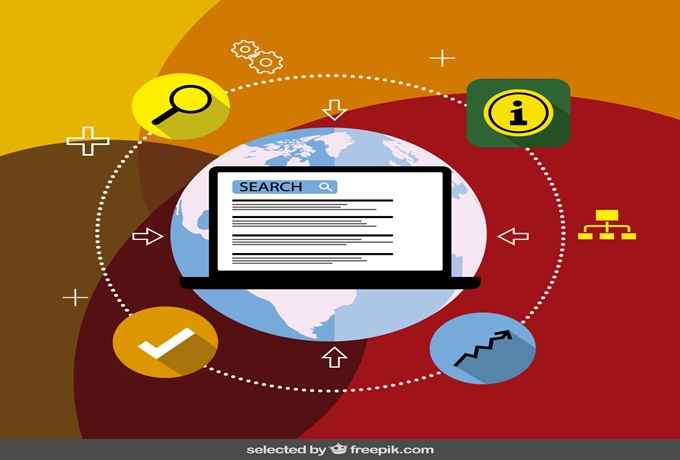
SPF (Sender Policy Framework) remains a critical component of email authentication in 2025, but it is no longer sufficient on its own to fully prevent email spoofing. Businesses must understand its limitations, evolving threats, and how it fits into a modern, layered email security strategy.
SPF (Sender Policy Framework) is an email validation protocol designed to detect and block sender address forgery. It works by allowing domain owners to publish DNS records that specify which mail servers are authorized to send emails on behalf of their domain. When an email is received, the recipient's mail server checks the sender’s IP address against the SPF record. If it doesn't match, the message is marked as suspicious or rejected.
Since its introduction in the early 2000s, SPF has been a foundational layer of protection against phishing and spoofing attacks. However, the email threat landscape has evolved significantly, especially in recent years.
SPF is still effective—but only when used correctly and in combination with other protocols like DKIM and DMARC. Alone, SPF cannot protect against more advanced spoofing techniques. Its effectiveness in 2025 is conditional on implementation, alignment, and integration.
Here’s why:
SPF checks the “Return-Path” (envelope sender), not the “From” header that users see in their inbox. Attackers can exploit this by aligning the visible "From" address with a spoofed domain, bypassing SPF checks while still misleading the recipient.
When an email is forwarded, the forwarding server becomes the new sender. If this server isn’t listed in the original domain’s SPF record, SPF fails—even if the email is legitimate. This flaw reduces reliability in real-world scenarios like automated mail forwarding.
SPF lacks native reporting features. You can’t monitor failed SPF attempts or know if someone is trying to spoof your domain unless you also implement DMARC (Domain-based Message Authentication, Reporting & Conformance).
To maximize the protection offered by SPF in 2025, Trinity IT Consulting recommends the following best practices:
In 2025, email security must be multilayered. SPF plays a role, but not the only one. Here’s how businesses typically structure their protection:
Yes, SPF (Sender Policy Framework) is still effective in 2025—but only as part of a comprehensive email authentication strategy. It remains essential for reducing spoofed emails but cannot defend against all threats alone. Organizations that rely solely on SPF are vulnerable to sophisticated phishing campaigns and brand impersonation.
Trinity IT Consulting urges businesses to implement SPF alongside DKIM and DMARC, continuously monitor domain usage, and invest in broader email security solutions. As cyber threats evolve, so too must your defense strategy.
DMARC compliance means that an organization’s email domain is configured to align its SPF (Sender Policy Framework) and DKIM (DomainKeys Identified Mail) authentication methods with its DMARC policy. This alignment allows domain owners to specify how email receivers should handle messages that fail authentication, thereby reducing the risk of phishing and email-based attacks.
To become DMARC compliant, businesses must properly configure both SPF and DKIM records in their DNS settings and align them with their DMARC policy. This setup ensures that all outbound messages are authenticated using these protocols, minimizing the chances of email delivery issues and maintaining trust with recipients.
One of the key benefits of a DMARC policy is its ability to protect domains against spoofing, a common tactic used in phishing attacks where cybercriminals forge the sender's address to appear legitimate. By implementing DMARC with aligned SPF and DKIM records, organizations gain full visibility into unauthorized use of their domains and can take action to stop fraudulent emails.
Implementing SPF, DKIM, and DMARC not only enhances email security but also improves deliverability. Businesses that adopt a DMARC policy and maintain compliance can reduce the likelihood of their emails being marked as spam while simultaneously blocking malicious actors from abusing their domains. Achieving full DMARC compliance is a critical step for any organization aiming to secure its email infrastructure and build recipient trust.
Trinity IT Consulting
100 Miller St, North Sydney, NSW, 2060, Australia
+61 1300 967 480
https://www.trinityitconsulting.com.au/dmarc-compliance/
